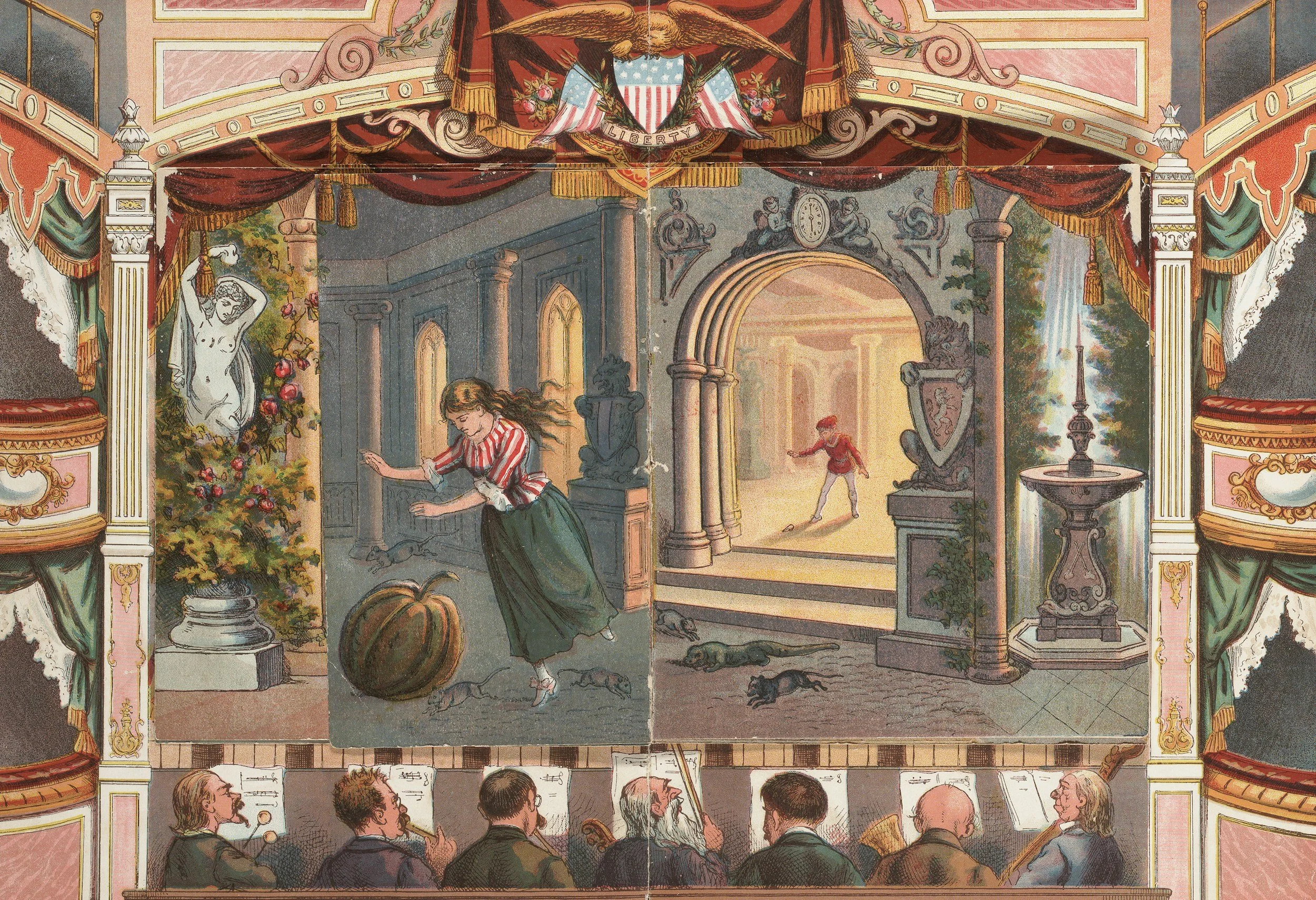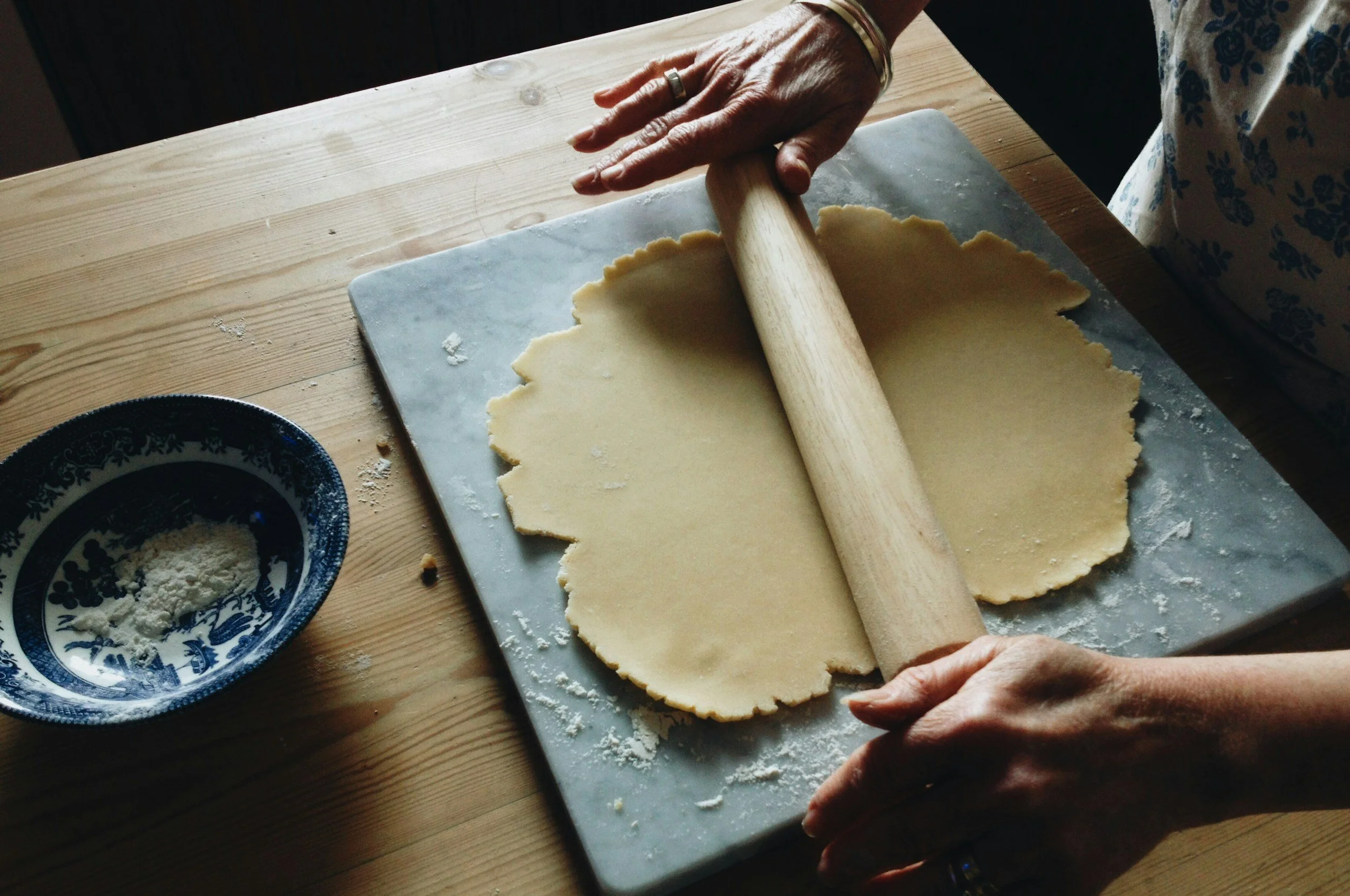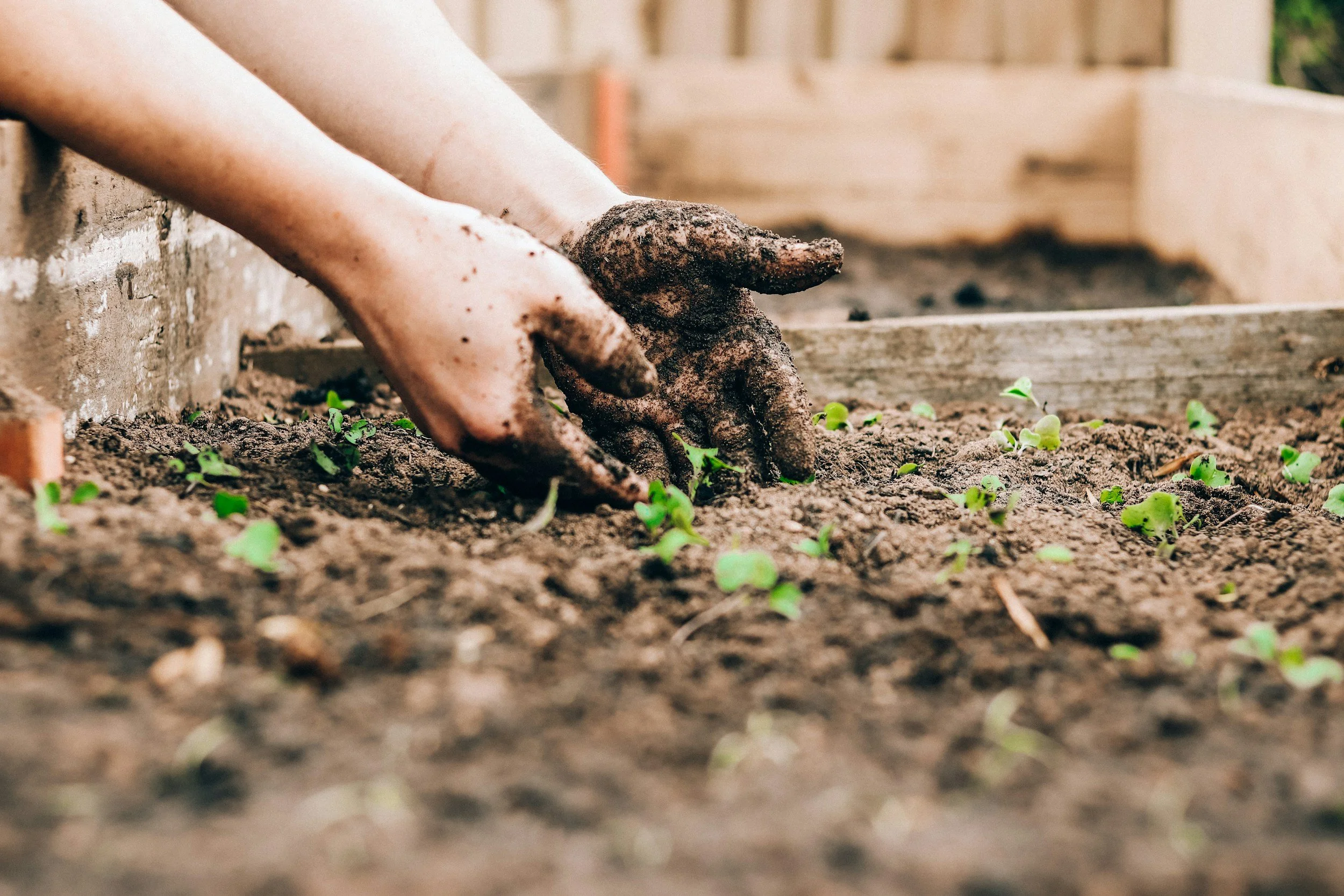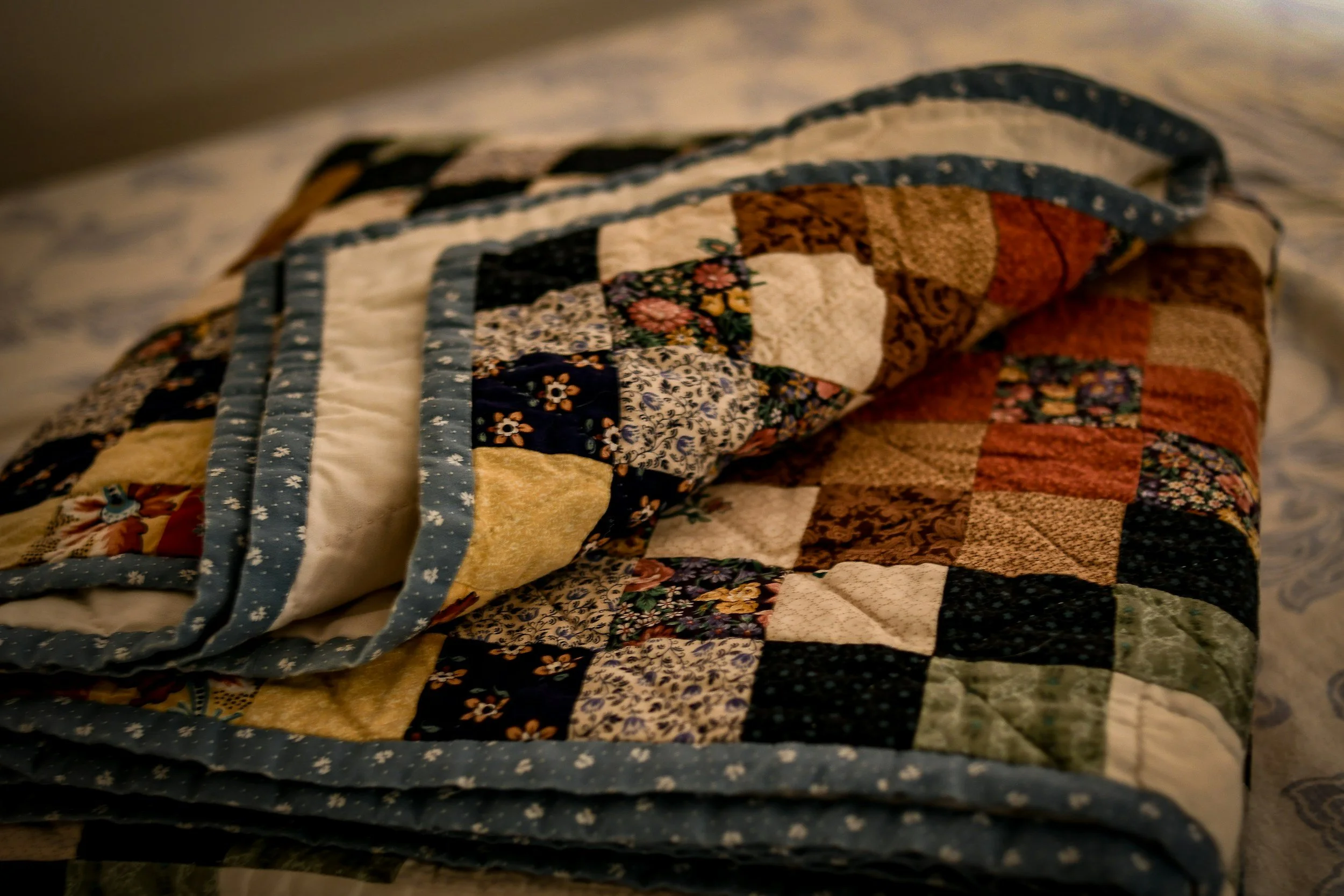Finding Faith In One’s Self: Girls, Sex, and Pleasure
For my Lutheran confirmation, my sister gave me a copy of Our Bodies, Our Selves. Inside the book’s front cover, she wrote, “I hope you find this book useful as a woman and a growing person.”
It was 1977. I was fifteen. Our conservative Midwestern relatives looked warily at the book, not daring to touch it. As teen-agers, they were forbidden to dance, since it caused sensual feelings leading to sexual urges. My parents said nothing. They had lived through their parent’s restrictions, but had become liberal college professors. They never forbid us from reading a book, since censorship would stifle our intellectual curiosity. Yet their chosen life of the mind combined with their puritanical upbringing resulted in my parents paying scant attention to emotions, bodily sensations, and sensuality, including their children’s. My sister’s gift was a rare acknowledgement of my body and its sexual development. I was beyond grateful.
This feminist bible opened my mind to a whole new world of pleasures. Touching my vulva and clitoris was essential to understanding my own body and sexuality. Orgasm was one among many sexual sensations available to women. Above all, female sexuality and pleasure were central to a woman’s identity. Though I was years away from sexually exploring my body, these feminist tenets stuck with me, overshadowing the conflicting messages about women that I encountered every day.
Raising my own three kids, I made a point to weave information about bodies and intimacy into our conversations. I was proud of my forthrightness. Then one evening when my daughter Kate was sixteen, I learned I had been leaving out something important:
Kate and her friend Sophie were hanging out in the kitchen. I was wiping down the counters and eavesdropping. After planning the next Harry Potter Club meeting, they began to discuss boys, dating, and sex—both identify as cisgender and straight. I decided the cabinet doors needed cleaning. The girls wondered why all their health classes from fifth to ninth grade had covered the same topics—STD’s, birth control, and consent—but never how to have sex. Once one was in a room with a boy, what exactly was supposed to happen?
I was primed to talk about female pleasure, having just read Peggy Orenstein’s Girls and Sex. Orenstein finds most of the college girls she interviewed practiced their right to consent, but did not experience sexual pleasure. I wanted to make sure my girls weren’t getting the same messages.
Before they enter that room, girls need to learn to masturbate, I told them, thinking I was easing into the topic. If they want to experience pleasure during sex, they first need to know what gives them pleasure.
They looked at me as if I’d told them teen boys never think about sex.
“Wait. Can women even masturbate?” Sophie asked.
“Yes, women can masturbate.” I said, shocked they hadn’t learned this from their sex ed classes, a teen book about sex, or at least a YouTube video.
Sophie still looked dubious. Kate remained silent.
“Yes. Definitely.” I said, nodding my head. I forged on. A girl needed to masturbate so she learned what she wanted physically and emotionally and how to communicate that with her intimate partner.
The girls raised their heads, surprised again.
I was stunned, my sixteen-year-old daughter didn’t know anything more about sexual pleasure than she had when she was twelve. I thought I had covered the appropriate topics at the appropriate age: the basics of having a baby by the time they were five, the stages of puberty by ten, the importance of consent and condoms by twelve, and the complexity of consent by fifteen. But I had not dealt with pleasure. I had assumed I had covered it by discussing the nuances of both partners seeking and giving consent. But, as Orenstein made clear, giving consent is not the same as experiencing pleasure.
I had a hard time picturing sex with consent but not pleasure. Then I watched a few episodes of Girls, a show about the trials and tribulations of living through your twenties as a woman in Brooklyn. In a scene in the first episode, Hannah, the main character, and her self-absorbed ‘sort-of’ boyfriend are in a doggy style position. The boyfriend firmly holds up Hannah’s hips, while her face is smashed on the couch. As he leans forward, she says, “Please don’t do that. That’s awful. Thank-you, that's the right hole.” The boyfriend continues his thrusting, responding to Hannah’s repeated apologies with one-word sentences until he suggests, “Let’s play the quiet game.”
As I watched this scene, I suppressed the urge to switch to another show, any other show. I found it not just disturbing, but repulsive. I wasn’t sure why. Both parties had consented. There was no S&M. No violence. No verbal abuse. What was there to be upset about? Orenstein’s findings gave me the answer. Hannah willingly had sex, but experienced little satisfaction from their intimacy. She focused on pleasing her partner. He, on the other hand, did not hesitate to satisfy his desires. This scene was of a woman consenting to sex with no pleasure, for herself.
All this reflection on young adult sex had me thinking about my own sexual journey. In college, I didn’t experience partner sex with pleasure, not because I let men walk all over me, but because I had not had a sexual encounter. At twenty-four, I (finally) made love for the first time on the concrete floor of the Art Center at Camp Vacamas. It may sound like an uninviting place, yet I felt completely safe in my boyfriend’s arms and more comfortable in my body than I ever had. I didn’t know how to climax but I definitively had sex with consent and pleasure. I had lived with the messages from Our Bodies, Our Selves for nine years. It never occurred to me to have sex any other way.
Perhaps that is why I neglected to convey the message of female pleasure to my daughter—I took it for granted. I put a couple of teen sex books around the house with ease, yet I couldn’t get my head around initiating a conversation about female pleasure with my daughters. My teaching them to masturbate was not sitting well with me. The internet blogs were divided. Some encouraged mothers to give their daughters unsolicited vibrators. Others considered vibrator-giving not just helicopter parenting, but an invasion of teens’ privacy. This latter argument hit home. I wanted my daughters to have autonomy, not mushy boundaries. As Our Bodies, Our Selves taught me, a woman’s body becomes a more integral part of herself when she is the one who chooses when and how to view, feel, and treat her body.
I stopped fussing and renewed my ‘wait until they ask’ policy. Kate took the lead the drive up to Vermont for a mini-vacation. As she drove and I adjusted to riding shotgun, we chatted about this and that: the benefits of learning American History from an Egyptian Muslim immigrant teacher, the injustices in America’s criminal justice system, the possibility of reversing Roe vs Wade. As Kate moved from abortion rights to intimate relations, she declared in as cool a tone as she could muster,
“Sophie and I always wonder where you learn how to have sex.”
I glanced over. She was sitting erect, her eyes directly on the road.
She had asked. My breath deepened. My shoulders relaxed.
I began where we left off with our conversation in the kitchen. You couldn’t expect your partner to know through osmosis what you wanted out of sex. You had to learn what you liked first and then tell your partner. I glanced over. She was driving with her hands grabbing the steering wheel at “nine and three,” eyebrows scrunched together, and body leaning slightly forward—her concerned yet curious posture.
“Is that the only way?” she asked, hoping for the negative response.
“Pretty much,” I responded, realizing she was still in the “gathering information” stage. I suggested looking at books about sex for older teens. She would find them in the upstairs hall.
She drove on in silence. I turned on the radio.
I had covered the critical roles of sex for one and taking responsibility for her own pleasure. I was feeling pretty good about myself. Yet something still nagged me; I hadn’t quite gotten to the core of what I wanted to say to my daughters. I went back to my own copy of the feminist bible with its water stained, yellowed paper. I had only read 100 pages of the 400-page book, yet that was enough to instill its teachings into my bones.
My sister’s words “useful to you as a woman and growing person” capture why it’s essential for girls and women to explore their bodies and sexualities. Understanding our female sexualities isn’t just about discovering bodily pleasures. It is a journey where a woman learns how to respect and nurture her sexual feelings, where she develops her core emotional, spiritual, and physical self. Her body becomes an asset for her whole self, as a woman and a person. Our Bodies Ourselves prepares us to confirm our faith in ourselves. I hope it never occurs to my daughters to live any other way.
-Sara Stoutland
Sara Stoutland spent thirty years writing non-creatively, including student essays on philosophy, academic articles on urban neighborhoods, and foundation reports on college access. None of this work prepared her to write creatively. For several years, she has been trying her hand at personal essays, mostly about family. She lives one block from Boston’s city limits.






















